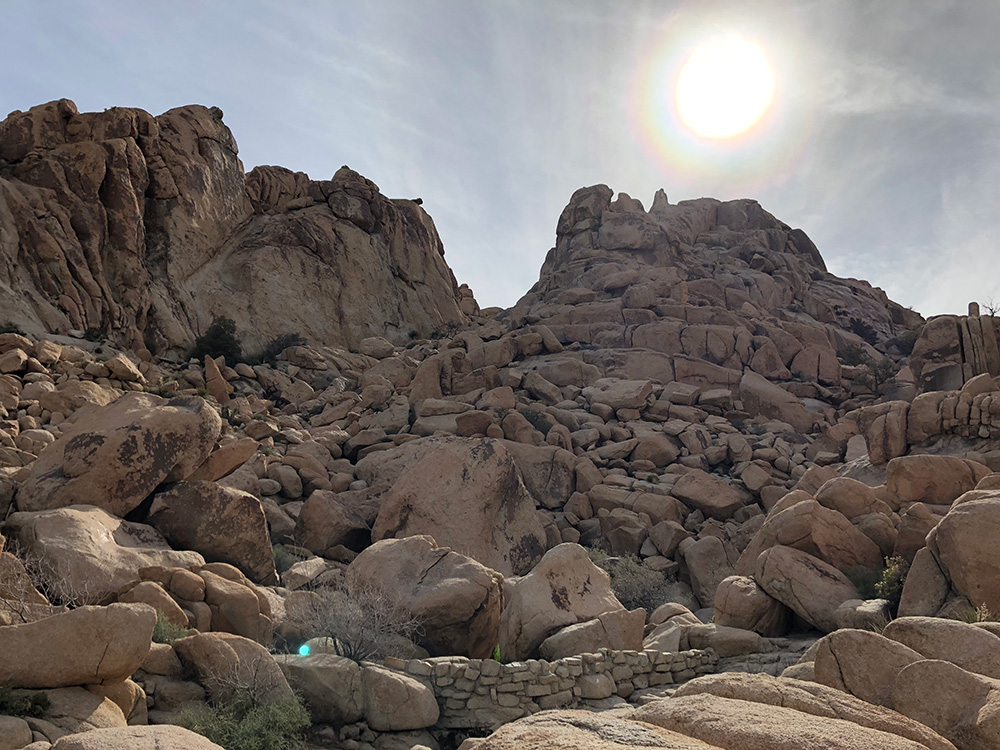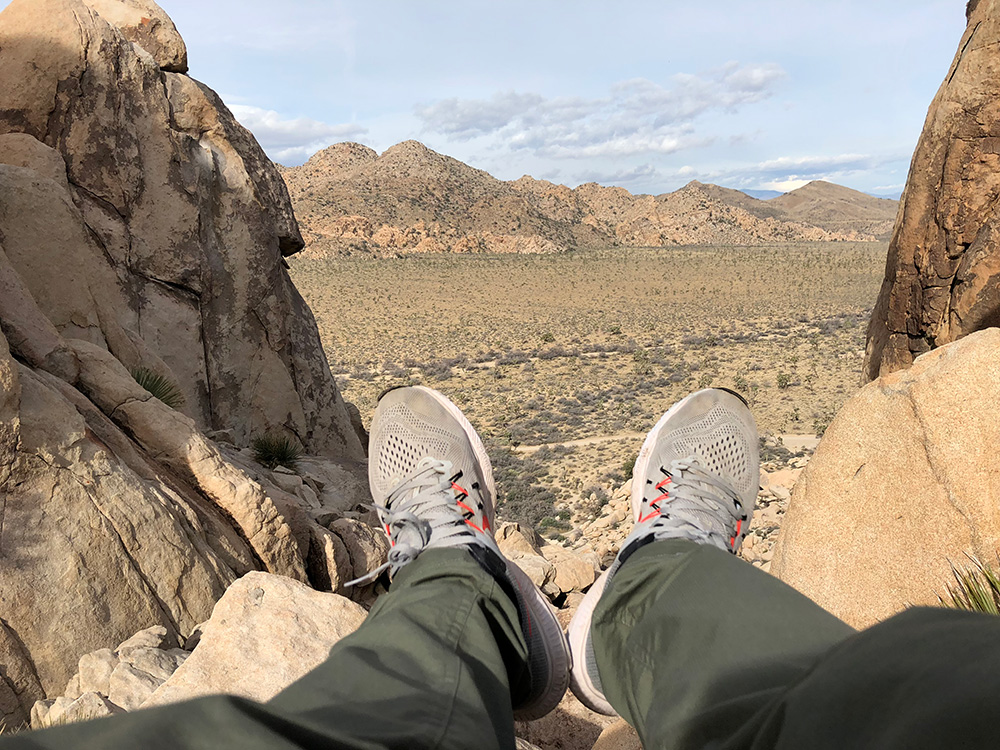
When it comes to business decisions, relying on your memory could be fatal.
I track my time at work with a tool called Harvest. It’s super simple to use. Every day I log how long I worked on different tasks for each of my projects. The data is invaluable for tracking progress and improving estimates for future work.
Sometimes though I forget to log my time.
The next day, I’ll have to pause and mentally retrace what I did. With a few minutes of thought I can generally recall the important details.

You know what happens when I neglect to log my time for several days in a row? This is hypothetical of course because it never happens (ps- it happens all the time).

With a gap of even a couple days, I have to go back and comb through my email, Slack messages, calendar, and Trello boards. I piece together my actions like some sort of archeological puzzle.
Now let’s imagine I had to remember back a month.

Try it for yourself. What are some of your most critical work details from the past month, two months, or six months? How long would it take to gather all that information if you needed it? How deep would you have to dig?
Instead, we make critical business decisions all the time based off our memory of those events.
Sure we can remember the really big stuff. Big moments or events get embedded more deeply in our minds.
In the book, The Power of Moments, Chip and Dan Heath talk about the human tendency to remember only the best, worst, and last moments of an experience. The rest of the details get washed away. The book focuses on ways we can inject more of these moments into experiences.
This is great if you’re looking for ways to elevate certain experiences or memories for yourself or your customers. But this isn’t so great if the goal is to make informed decisions based on past events.
If you don’t remember the thinking that led to a decision, how valuable is the result on its own?
Outcomes are important but they don’t tell the whole story. To benefit from past experiences we need to know what happened before and after the outcome. Without that context, your brain has to reconstruct the story on its own.
Our Storytelling Brains
Our storytelling brains crave to make sense of our lives.
The problem is our brains are more than happy to construct those stories at the expense of accuracy. This means that if there are holes in our memory, we’ll gladly fill them in with new “facts”. When that happens, stories get influenced more by recent events or ideas that support our current agenda.
This process negates the value of the result because it lets us spin it in so many different ways.
In the book, Principles from CEO and financial analyst Ray Dalio, he goes to another extreme. At his financial investment firm, Bridgewater Associates, he pursues “radical transparency”. To do this, his company collects and documents information on every interaction and decision he or his employees make.
His goal is to turn that information into rules and algorithms that guide future decisions.
His approach takes an incredible amount of discipline to implement. It also takes a culture where people are on board to share, document, and critique every aspect of what they do.
From his own account, a lot of people don’t survive in his system. But the company has seen amazing success as a result.
So, is there a more attainable middle ground?
Can you capture the context and outcomes of your work without documenting every heartbeat of your team?
Run Brand Experiments

A Business Experiment is just like a science experiment you may have run in school:
- Craft a hypothesis around something you need to understand
- Decide how to test it, what data to collect, and for how long
- Do that thing
- Analyze the results and use them to help guide your next action
Experiments don’t require doing things much different than what you’re doing now. Step 3, “Do that thing” are the activities that you’re already doing all the time.
The differences are:
- Be thoughtful up front about what you plan to do and what outcome you expect
- Pause at the end to review your results and what they mean for your business
- Write it all down
I’ve run many experiments with my clients as well as for my own business. I can’t stress enough the number of “a-ha” moments that come from this process. Some occur in the upfront moment of construction or the analysis afterwards. Even more come when you look at the results a month or more later.
Imagine for a second that you or your team needs to make a big business decision. Imagine that instead of an open slate, you could inform the discussion with a collection of past experiments.
How much less guessing would there be?
How productive could those discussions be without circular debates based on personal memories?
How much stronger could your company be if you documented and built on what you learned rather than letting those details fade away.
It all becomes easier when you use business experiments.
One Last Example
I was hiking recently in Joshua Tree and decided to scramble up a large section of boulders. It wasn’t too extreme, but there were enough tricky sections to warrant real focus.

As I climbed up those boulders, I knew that I could get in real trouble if I didn’t follow a known path back down. If I went off course, I could get stuck or have to climb down a riskier section.
I needed to document my path so I could remember how to get back. My brain alone wasn’t trustworthy.
I took lots of mental snapshots, but also a few actual photos with my phone. Those pictures came in very handy and helped me avoid going off track in one extra steep section of rocks.
When it comes to physical danger, our instincts kick in hard to protect us. Adrenaline puts us on guard. When it comes to our business we’re seduced by the desire to just go.
By documenting decisions and using business experiments, your business can avoid dangling off the side of a cliff.



